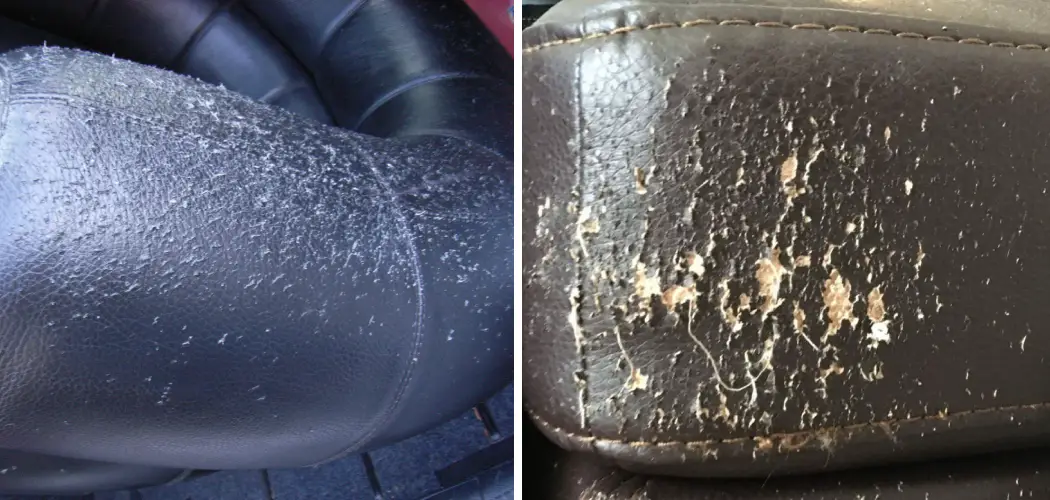If you’re a proud cat owner and also happen to have leather furniture, you may have encountered the dreaded problem of cat claw holes in your cherished pieces. While cats love to scratch and sharpen their claws, their natural instincts can wreak havoc on delicate leather surfaces.
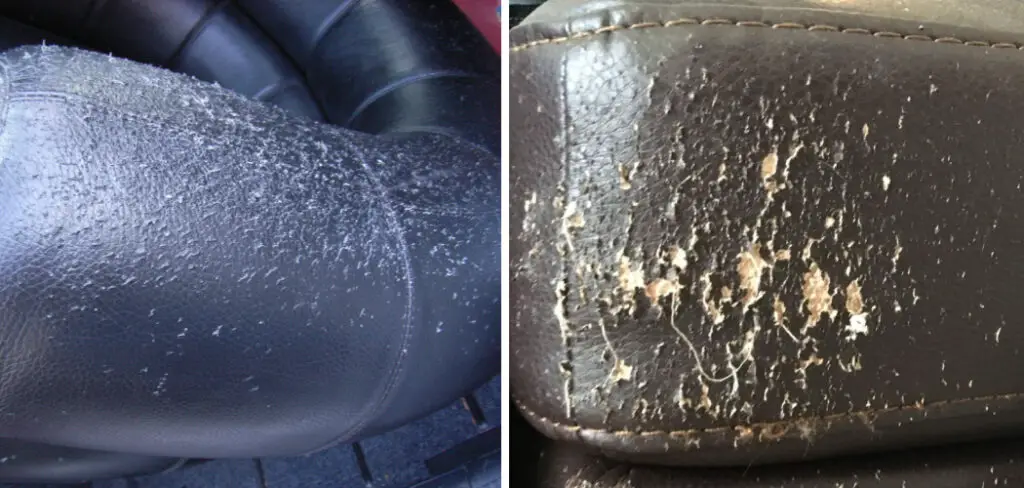
Thankfully, there are effective ways to fix cat claw holes and restore your leather items to their former glory. In this article, we will explore various techniques and tips on how to fix cat claw holes in leather.
From simple DIY solutions using household items to more advanced methods involving professional help, we will provide you with a comprehensive guide to tackling cat claw holes in leather. With the right approach, patience, and a little bit of creativity, you can successfully mend those holes and preserve your leather furniture for years to come.
Importance of Leather Furniture Protection
Leather furniture can add a touch of sophistication to any home, providing comfort and high-end style. However, it is important to keep your leather furniture in good condition.
Cat claw holes in leather are a common occurrence that can leave unsightly marks and damage the fabric of your furniture. Fortunately, with the right instructions and materials, cat claws holes can be fixed relatively easily.
To ensure that your leather furniture remains looking pristine for years to come, it is essential to protect it from future scratches and damages. The best way to do this is by keeping cats away from the furniture when possible or using pet deterrent spray on areas where cats may like to scratch.
If you are unable to prevent your cat from scratching leather furniture, consider using soft fabric covers to protect the leather. This will help prevent damage and preserve your furniture for years to come.
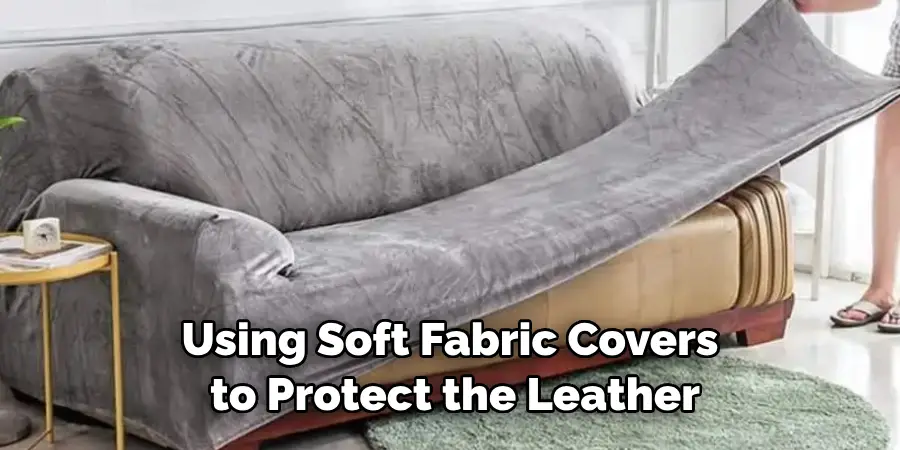
Finally, it is important to clean and condition your leather furniture regularly. Dirt and dust can accumulate on the surface of leather over time, making it more susceptible to rips and tears from claws or other objects. Using a quality leather cleaner and conditioner every few months will help keep the material looking like new while also protecting against future damages.
Explaining How Cat Claws Damage Leather
Cat claws can cause significant damage to leather furniture and clothing. It is important to understand the nature of this type of damage in order to properly fix it. Cat claws are made up of keratin, a protein that helps sharpen and strengthen them for use as a weapon when hunting prey or defending themselves from predators.
When cats scratch leather furniture or clothing, they push their tiny nails into the material, creating puncture holes that can become bigger over time if not addressed quickly.
This damage leaves behind unsightly marks and rips in the material which are difficult to repair. Additionally, cat claws often contain bacteria and oils that can further degrade the quality of your leather goods if left unchecked.
When addressing cat claw holes in leather, it is important to try to catch the damage as soon as possible. The longer you leave them, the more difficult they become to repair. It is also important to remember that leather is a natural material and needs to be treated with care in order for it to remain durable.
Certain abrasive cleaners or solvents should not be used on leather, as they can cause more damage than good.
In order to properly address cat claw holes in leather, you must first identify where the holes are located and how severe they are. If the damage is minor, such as small puncture marks with no tearing of the fabric, then a simple patch kit may do the trick.
However, if the claw marks have caused deep tears or rips in the leather, then a professional repair kit may be necessary to restore it to its original condition.
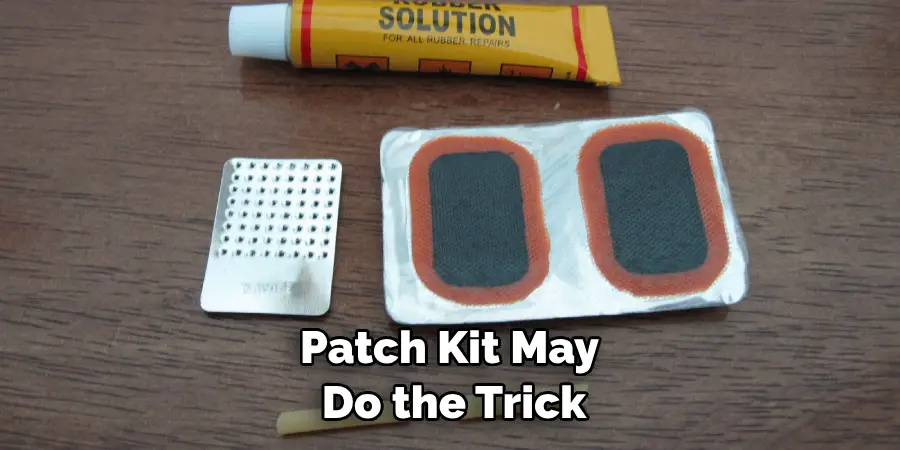
10 Ways How to Fix Cat Claw Holes in Leather
1. Leather Repair Kits:
One of the most convenient and widely available solutions for fixing cat claw holes is a leather repair kit. These kits typically include a variety of tools and materials, such as adhesives, fillers, and colorants.
Start by cleaning the damaged area thoroughly, apply the filler to fill the hole, and then use the colorant to match the surrounding leather. Finally, seal the repaired area with a protective coating for a seamless finish.
2. Leather Patching:
For larger or more extensive cat claw holes, leather patching can be an effective solution. Begin by selecting a patch that matches the color and texture of your leather furniture. Cut the patch to fit the hole, ensuring it extends slightly beyond the damaged area.
Apply a suitable adhesive to both the patch and the surrounding leather, and then press the patch firmly into place. Smooth out any wrinkles or air bubbles, and allow the adhesive to dry completely before using or sitting on the furniture.
3. Leather Fillers and Adhesives:
Leather fillers and adhesives are versatile products that can effectively mend cat claw holes. Clean the damaged area and apply the filler, using a spatula or a similar tool to ensure an even application.
Smooth out the surface and allow it to dry according to the manufacturer’s instructions. Once dry, sand the filler lightly to achieve a smooth finish. Finally, use leather dye or colorant to match the repaired area with the surrounding leather.
4. DIY Home Remedies:
If you prefer a more cost-effective approach, there are several DIY home remedies that can help repair cat claw holes in leather. A mixture of vinegar and olive oil can be used to clean the damaged area, moisturize the leather, and minimize the appearance of the holes.
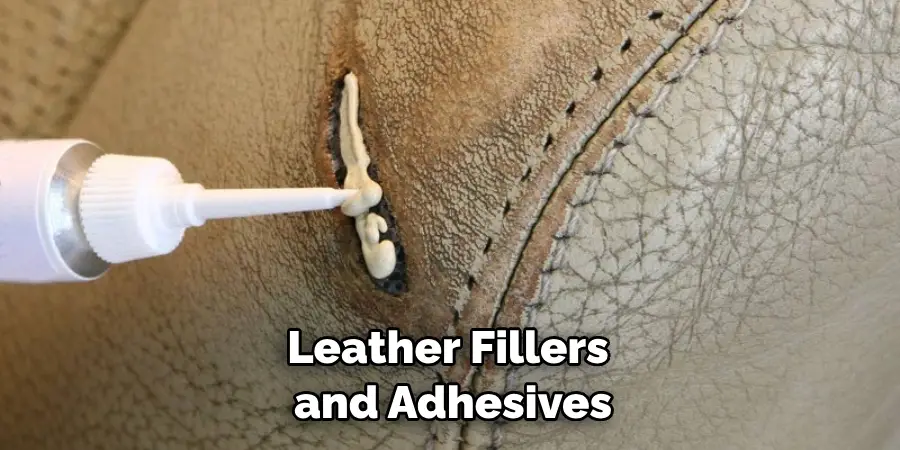
Similarly, a paste made of baking soda and water can be gently rubbed onto the holes to reduce their visibility. Keep in mind that these remedies may not provide a permanent fix, but they can offer a temporary solution for minor damage.
5. Leather Conditioners and Moisturizers:
Regularly applying leather conditioners and moisturizers to your furniture can help prevent cat claw holes in the first place. These products keep the leather supple, minimizing the risk of tearing or punctures.
Additionally, they can make existing holes less noticeable by hydrating and plumping up the surrounding leather. Follow the manufacturer’s instructions for proper application and frequency, and ensure you choose a product suitable for your type of leather.
6. Professional Leather Restoration Services:
If you’re uncertain about your ability to repair cat claw holes yourself or if the damage is extensive, seeking professional leather restoration services can be a wise choice. Leather restoration experts have the necessary expertise and tools to repair and restore leather furniture effectively.
They can evaluate the damage, recommend the best course of action, and provide a long-lasting repair that seamlessly blends with the original leather.
7. Leather Dyeing and Coloring:
In cases where cat claw holes are accompanied by significant color loss or fading, leather dyeing or coloring can be an effective solution. Start by cleaning the damaged area thoroughly and ensuring it is free from dirt and oils.
Apply the dye or colorant using a sponge or a brush, working in thin layers and allowing each layer to dry before applying the next. Test the color on a small, inconspicuous area before proceeding, and follow the manufacturer’s instructions for optimal results.
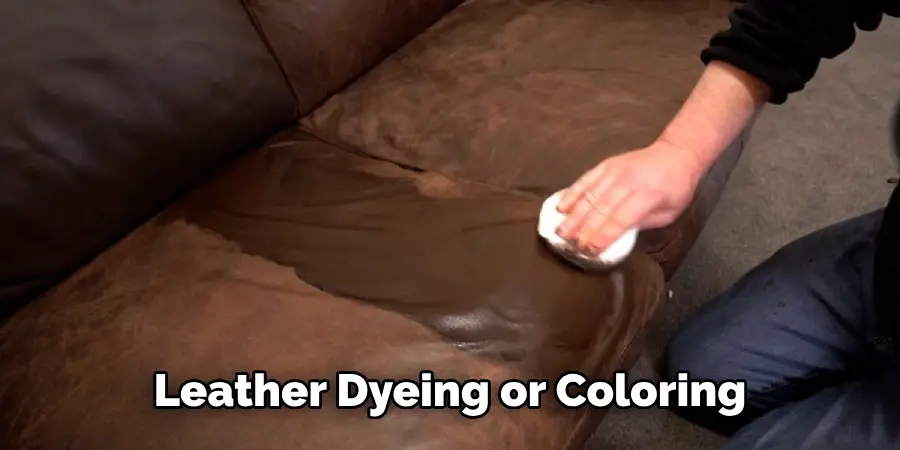
8. Leather Reupholstering:
For severe damage or when other repair methods are not feasible, leather reupholstering may be the best option. This process involves removing the damaged leather and replacing it with new leather or a suitable synthetic alternative.
While re-upholstering can be more expensive and time-consuming, it allows for a complete restoration of your furniture, ensuring a fresh and flawless appearance.
9. Protective Measures:
Prevention is always better than cure, so taking preventive measures can help reduce the risk of cat claw holes in your leather furniture. Place scratching posts or cat trees near the furniture to provide an alternative and appealing scratching surface for your feline companion.
Additionally, using furniture covers or throws can offer an added layer of protection, particularly when you are not able to supervise your cat’s behavior.
10. Training and Trimming:
Lastly, training your cat and keeping their claws trimmed can significantly minimize the likelihood of cat claw holes in your leather furniture. Regularly trim your cat’s claws using appropriate pet nail clippers or seek professional grooming services.
Positive reinforcement training can also redirect your cat’s scratching behavior to appropriate surfaces. Reward your cat when they use the scratching posts or trees, and discourage them from scratching furniture by using deterrent sprays or double-sided tape.
Conclusion
By now, you should have a pretty good understanding of ways to fix cat claw holes in leather. Whether you opt for stitching, leather repair kits, patching or refinishing techniques, it’s important to choose the correct one for your particular situation. Remember that pre-test any product or technique on a scrap piece of leather first before attempting it on an item of furniture.
With patience and time, you can restore your beloved furniture back its original form enjoy its beauty for years to come! If all else fails, contact a professional who specializes in fixing these kinds of damages. In the end, learning how to fix cat claw holes in leather will surely ease the financial burden of buying new pieces and will likely cause less stress overall.

